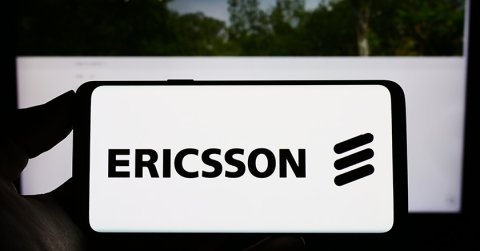
Ericsson has released the latest edition of its mobility report, making a bold prediction that 6G subscriptions would reach 180 million by the end of 2031. The report later went on to identify likely first mover nations and highlighted how operators are using current architecture to differentiate.
In the wide-ranging biannual study, Ericsson tipped the US, Japan, South Korea, China, India and some Gulf Cooperation Council countries as those likely to make up the first tranche of commercial 6G launches.
It indicated all of the above except India hit the button on 5G “relatively” early, so “it is expected that these countries will be among the first to roll out” commercial 6G services.
“India has been vocal in its ambition to lead in 6G technology and it is expected that the timing of the commercial 6G launch compared to other countries will happen earlier than it did for 5G”, Ericsson stated.
Europe is expected to see its first launches around a year after the leading markets due to “comparatively later deployments” of standalone (SA) 5G.
Its prediction for the upcoming mobile technology generation does not include “early uptake of AI-enabled IoT devices,” Ericsson stated, while adding the actual number of connections could “increase significantly if 6G launches earlier than previous cycles indicate”.
Commercial launches of the next-generation technology are widely expected around 2030.
Slice of the action
In terms of current technology, Ericsson stated 33 communications service providers are providing “differentiated connectivity services” using network slicing.
A total of 65 products were found to be on the market, with 53 at the proof-of-concept stage. Those commercially available are either subscription services, or add-ons for consumer or enterprise customers.
Ericsson noted around 33 per cent of the commercial offerings launched during 2025.
SA 5G is available, or had been soft launched, by more than 90 service providers, up by 20 since the previous Ericsson report published in June.
Other predictions include 6.4 billion 5G subscriptions by the end of 2031. This is expected to make-up two-thirds of total mobile subscriptions and compares with an expected 2.9 billion at the end of 2025.
Ericsson’s previous report predicted numbers to end-2030, when 5G subscriptions were expected to be 6.3 billion.
In an overview of the findings, Ericsson CTO Erik Ekudden said operators globally want to deploy SA 5G “to offer differentiated connectivity based on value services and not just data volume packages”.
He added the network generation “is already enabling differentiated connectivity opportunities. We’ve seen many service providers go from proof-of-concept to commercial deployment in 2025 alone and we expect to see that trend continuing”.
Source: Mobile World Live
Image Credit: Ericsson



